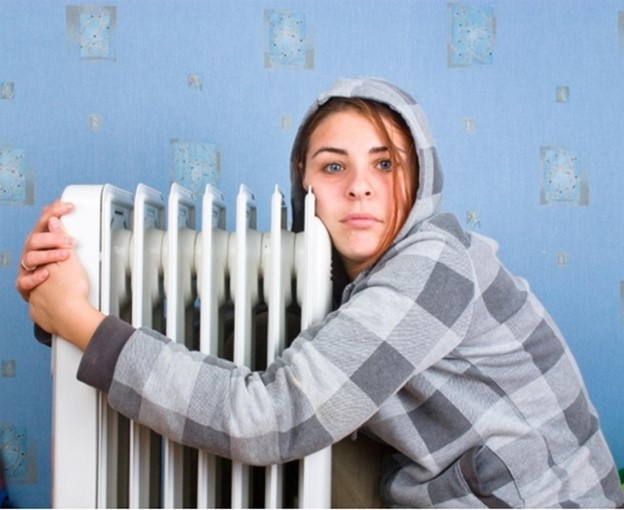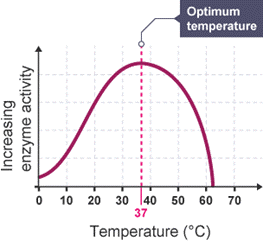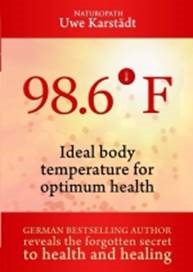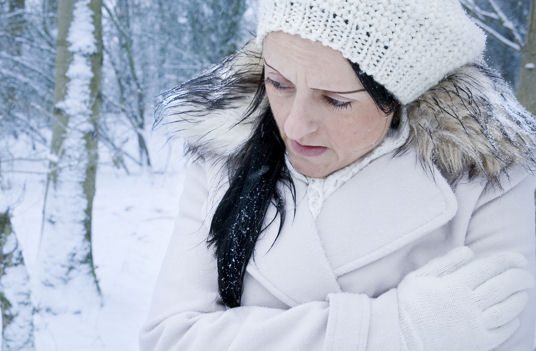
The cost of heating our homes is increasing, and staying warm and well even this winter is challenging. We have decades of global cooling coming our way, not that it is not cold and snowy enough already. NOAA, part of the United States government, predicts a severe drop in solar activity starting in 2030. Yet, many factors are already driving dramatic and often violent changes in the world’s climate, with more snow and cold on top of the list—only a few places on Earth, like Arizona, face temperature increases. Another Arctic blast will wallop the United States this week, with cold conditions forecast to peak around February 17th. Peak warmth is the most fantastic fantasy the government, media, and scientists have ever dreamed up.
70% of U.K. adults plan to heat their homes less as fuel prices soar. This is a challenging situation, to say the least, as we need to stay warm to stay well. “The next 30 years will be cold,” says prominent climate scientist Dr. Willie Soon. The next three decades will be “a very interesting time to live because we have 30 years of the possibility of cooling.” Exposure to cold temperatures, whether indoors or outside, can cause serious life-threatening health problems.
Infections are on the rise again as we head into colder weather. Millions of people are rightfully concerned about staying warm. With the price of energy going through the roof, many people will have to turn down their thermostats, or some might even have to do without if they want to eat.
The body’s reactions to low temperatures stress the cardiovascular system. These reactions include constriction of blood vessels in the skin, shallow breathing through the mouth, and slight thickening of the blood, all of which can indirectly lead to angina (chest pain) in people with heart disease.

The World Health Organization (WHO) recommends indoor temperatures of at least 64 degrees F and raises that to 70 degrees for households that include infants, elderly members, or frail individuals. A cold house is dangerous as far as our health and mental well-being are concerned. For an older person, a body temperature of 95°F or lower can cause many health problems, such as a heart attack, kidney problems, liver damage, or worse. Low temperatures between 95°- 97° F are common with patients with chronic illnesses.
Women chill more quickly than men — they have lower resting metabolic rates, and their higher estrogen levels amplify their blood vessels’ response to cold. As a result, older adults can lose body heat faster than when they were young. In addition, changes in your body that come with aging can make it harder for you to be aware of getting cold. A big chill can become a dangerous problem before an older person knows what’s happening.

Increased body temperature is mathematically correlated with increased immune system strength. Normal core temperatures are the exact temperature at which all the functions of the human body can operate optimally. The same can be said about pH because all physiological processes are pH-sensitive.
For thousands of years, Chinese medicine has recognized cold (and heat) as two principal disease causes. Cold contracts and obstructs. Cold symptoms include feeling chilly, having cold limbs, a pale face, and wanting to drink warm liquids.
Cold syndromes result from exposure to external cold or lack of heat (yang energy) inside the body’s core. Those with low thyroid function, iodine deficiencies, and lowered core body temperature are most vulnerable.
Some conditions, such as rheumatoid arthritis, are significantly impacted by the weather, while others are minimally affected. In general, weather extremes of any kind will place additional stress on the body, which is usually not helpful for those already suffering from a host of conditions.
Cold syndromes can present with various symptoms: pale complexion, preference for warmth, bland taste, cold limbs, fatigue, clear profuse urine, loose bowels, and thin and clear body discharges. A pale tongue usually has a white glossy coating and a slow or tense pulse.

Cancer tumors grow faster at 95° F. Germany’s bestselling author Uwe Karstädt’s book 98,6° F—Ideal Body Temperature for Optimal Health offers a wealth of knowledge and a clear method of maintaining health or returning to it once we have succumbed to low body temperature and chronic disease. According to the author, low temperature is a plague of the 21st century.
Are you like this woman?
“I constantly feel cold,” explained Mrs. Shiver when I asked her about her body temperature. “How about putting on an extra jacket and some warm socks?” I inquired further. “It doesn’t help. I drink hot tea and wear warm clothes like winter year-round. The coldness comes from deep down inside of me. I only feel warm while taking a hot bath or in the sauna. But I can’t just sit in the bathtub all day now, can I?”
“Coldness in the body is more than a bothersome and inconvenient symptom. Coldness makes us sick. This coldness, which causes such enormous discomfort in most patients, is not trivial. A sufficient body temperature is more than just a cozy and pleasant feeling. Proper body heat is one of the fundamental pillars of good health. Warmth within the body is like the sun for our life here on Earth. 98.6° is an indication of vibrant health, strength, and vitality. We are “hot,” full of glowing” love when we reproduce; the Grim Reaper, however, takes our life from us with an icy hand. The summer of life is warm and vibrant, while winter silences life, burying it under snow and ice,” writes Karstädt.
“No athlete can achieve peak performances without first “warming up.” A chef cannot prepare a meal without first heating water, bringing it to a boil. A person cannot be healthy without maintaining the body’s “operating temperature,” and this temperature is approximately 98.6°F or, more precisely, the temperature ranges from 98.0°F to 99.1°F. I always imply this narrow window of about 1.0 degrees when referring to 98.6°F as in the book title,” says Karstädt.
“Many of my patients have told me about their odyssey of suffering, about hypothermic symptoms lasting decades, and attending physicians who never even bothered to take their body temperature, not even once in all these years. Reports of icy hands and feet that even “resist” warming while lying in bed with a hot-water bottle are overlooked.”
Chinese medicine understands that cold contracts and obstructs.
Coldness is not a trivial matter. A sufficient body temperature is more than just a cozy and pleasant feeling. Proper body heat is one of the fundamental pillars of good health. Warmth equates with vibrant health, strength, and vitality. As the body’s core temperature decreases, cellular energy also decreases. There is a decrease in the production of hormones, neurotransmitters, and other body chemicals necessary for normal healthy regulation.
How do Cold, Damp, and Wind Affect your Health?

People worldwide claim that the weather directly affects their health—from changing symptoms of current ailments to increased susceptibility to a new sickness. Atmospheric scientists have been studying weather’s impact on the human body for years (called biometeorology) and have found that sudden temperature changes, cold snaps, heat waves, and even thunderstorms can all directly affect certain conditions.
Exposure to cold temperatures, whether indoors or outside, can cause serious life-threatening health problems. Infants and the elderly are particularly at risk, but anyone can be affected. To keep yourself and your family safe, you should know how to prevent cold-related health problems and what to do if a cold-weather health emergency arises.
Far Infrared Mat

This is simply the best medical device for elevating internal body temperature. The Biomat’s far infrared light penetrates deep into the cells, warming and stimulating them with frequencies that nurture and strengthen while providing pain relief and heavenly relaxation. The Biomat is an excellent therapeutic equipment that improves circulation and cardiovascular function, improves the immune system, relieves pain, burns calories, eases joint pain, and reduces stress.
Biomats are approved medical devices that heat you from the inside out with far infrared light. This raises core body temperature, making one’s immune system considerably stronger. It comes in handy when fighting colds, flu, and even cancer.
With a Biomat, you can turn the heat down in the house at night and heat your body while in bed. It pays for itself in colder climates just with the reduced heating costs. A Biomat can provide a solution whenever we need to relax and be nurtured. It is always there for us, day after day, night after night, year after year, giving us daily support in our stress-filled lives.
This is nothing like sleeping on a heating pad. When we are cold, hurt, or have health issues, warmth helps heal. As the chilly seasons become bitterly cold and one fights the flu or any other illness, one will want a Biomat. It is the Cadillac of infrared devices. If one needs to save money, one can always Google infrared mats and find a less expensive version.
Their only drawback is that they use electricity, so they are no help when the lights go out unless you have a generator or solar system. Otherwise, they are perfect medical machinery that reduces pain, discomfort, and emotional upset. They warm the body and our hearts, which is why they are so easy to love. Health and keeping warm go hand in hand, and it is good to know that body temperature and immune system strength are directly related.
Conclusion

The FDA approves infrared therapy to:
Relieves minor muscle pain in areas where applied
Increases blood circulation in areas where applied
Reduces stress and fatigue
Soothes and relaxes
Eases minor joint pain and stiffness
Supports the immune system
Improved sleep (if associated with pain relief)
Reduced inflammation (where applied)
Increased tissue oxygen (due to increased circulation where applied)
Minor muscular back pain
Temporary relief of sprains and strains
Temporary relief of joint pain associated with arthritis
Temporary relief of muscle spasms
Promotes relaxation by application of heat
Dr.Sircus is a reader-supported publication. To receive new posts and support my work, consider becoming a free or paid subscriber.
Subscribe now



comments